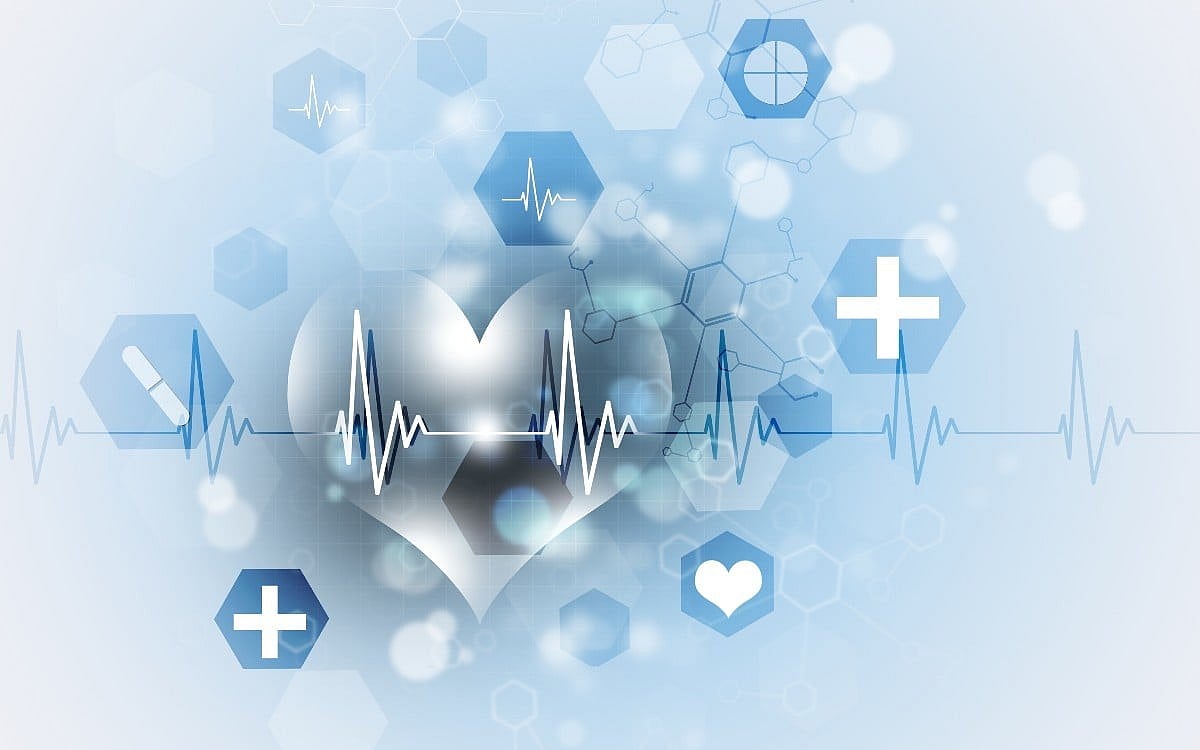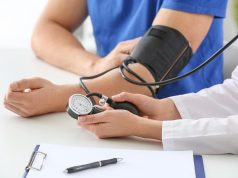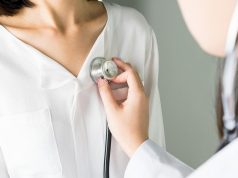Findings show enhanced precision in identifying termination sites in patients with persistent atrial fibrillation
By Lori Solomon HealthDay Reporter
WEDNESDAY, May 7, 2025 (HealthDay News) — An artificial intelligence (AI)-driven model can significantly improve procedural safety in cardiac electrophysiology with real-time decision support, according to a study presented at the annual meeting of the Heart Rhythm Society, held from April 24 to 27 in San Diego.
Chih-Min Liu, M.D., Ph.D., from Taipei Veterans General Hospital in Taiwan, and colleagues developed the DeePRISM model using retrospective data from 110 patients with persistent atrial fibrillation (AF), incorporating deep learning and PRISM (Morphological Repetitiveness by Periodicity and Similarity) analysis to analyze intracardiac electrograms and predict AF termination sites during catheter ablation. An additional 37 patients with persistent AF were used to prospectively validate the model.
The researchers found that the DeePRISM model achieved strong performance in the independent test set with an area under the curve of 0.87 (sensitivity, 74.3 percent, specificity, 95.4 percent, overall accuracy, 95.4 percent). Roughly four in 10 patients (40.5 percent) achieved acute AF termination when undergoing DeePRISM-guided ablation. During a mean follow-up of 27.3 months, the DeePRISM group had significantly superior arrhythmia-free survival versus controls (70.3 versus 35.1 percent). Additionally, DeePRISM-guided ablation significantly reduced the risk for AF recurrence (hazard ratio, 0.10) without any periprocedural complications.
“With the introduction of the DeePRISM model, we are taking a significant step forward in the treatment of persistent atrial fibrillation,” Liu said in a statement. “Our study shows that AI-driven, real-time analysis not only enhances the success of the procedure but also ensures patient safety, marking a promising advance in electrophysiology.”
Copyright © 2025 HealthDay. All rights reserved.








